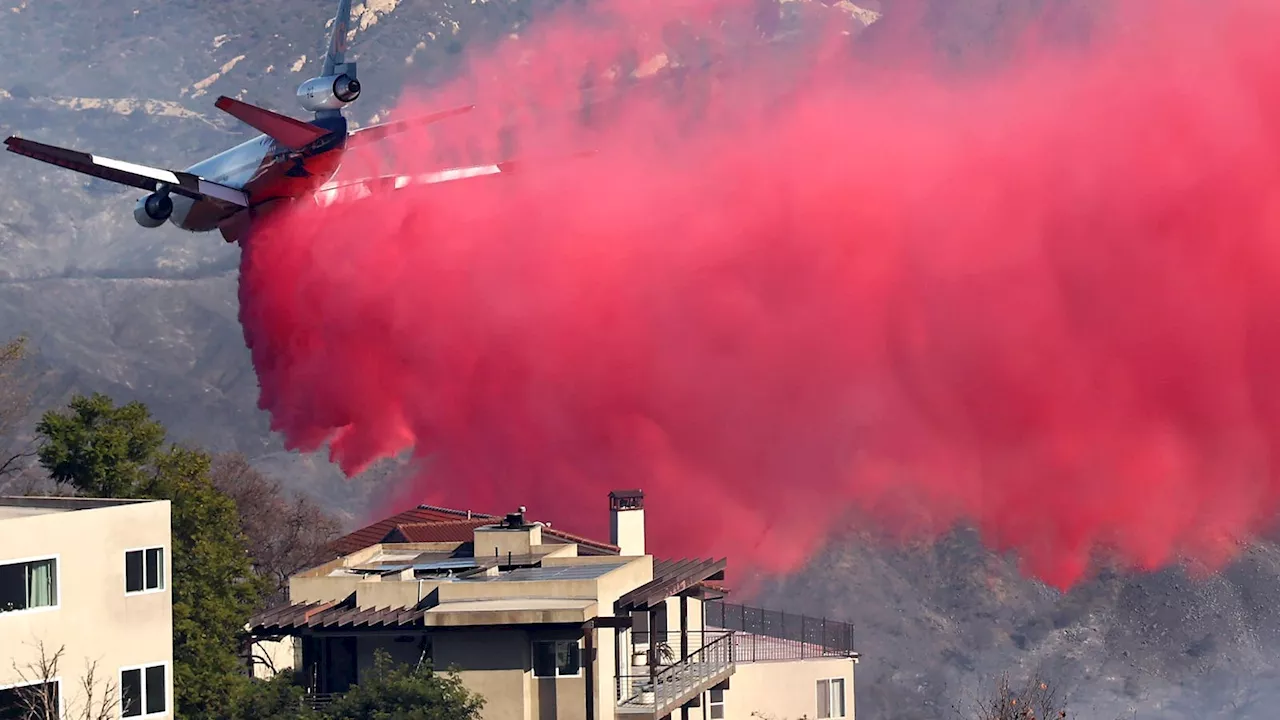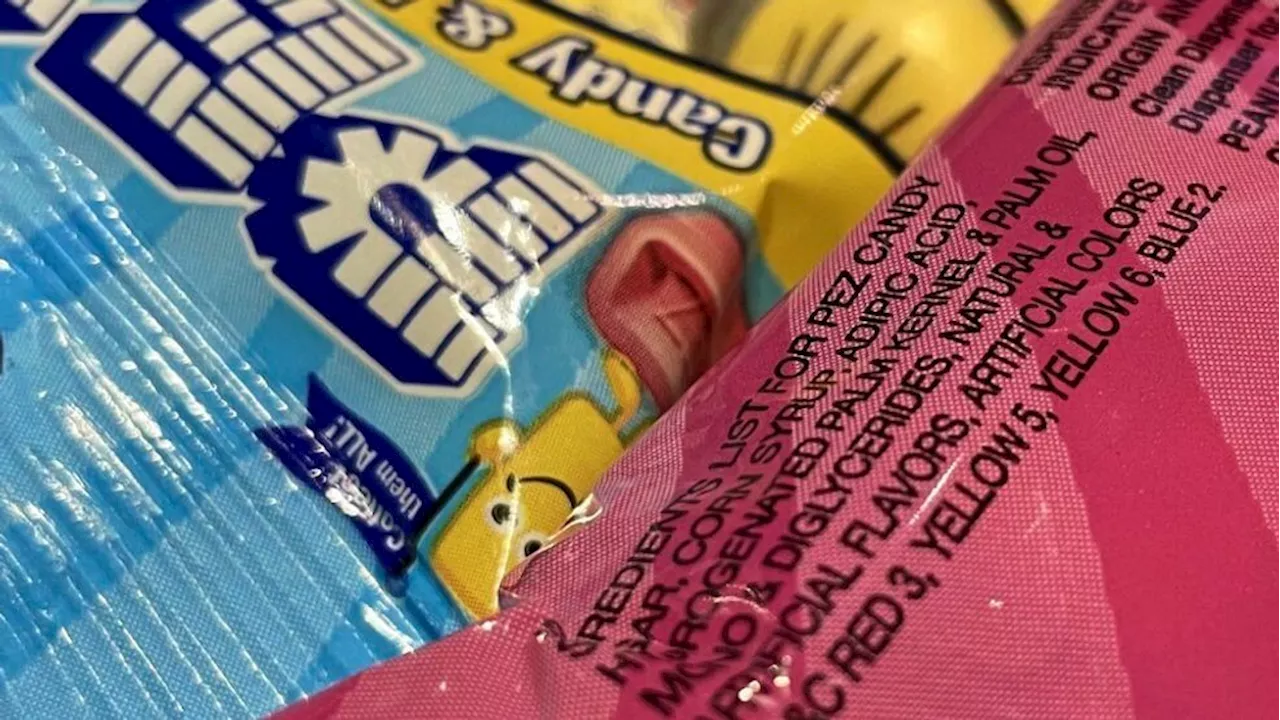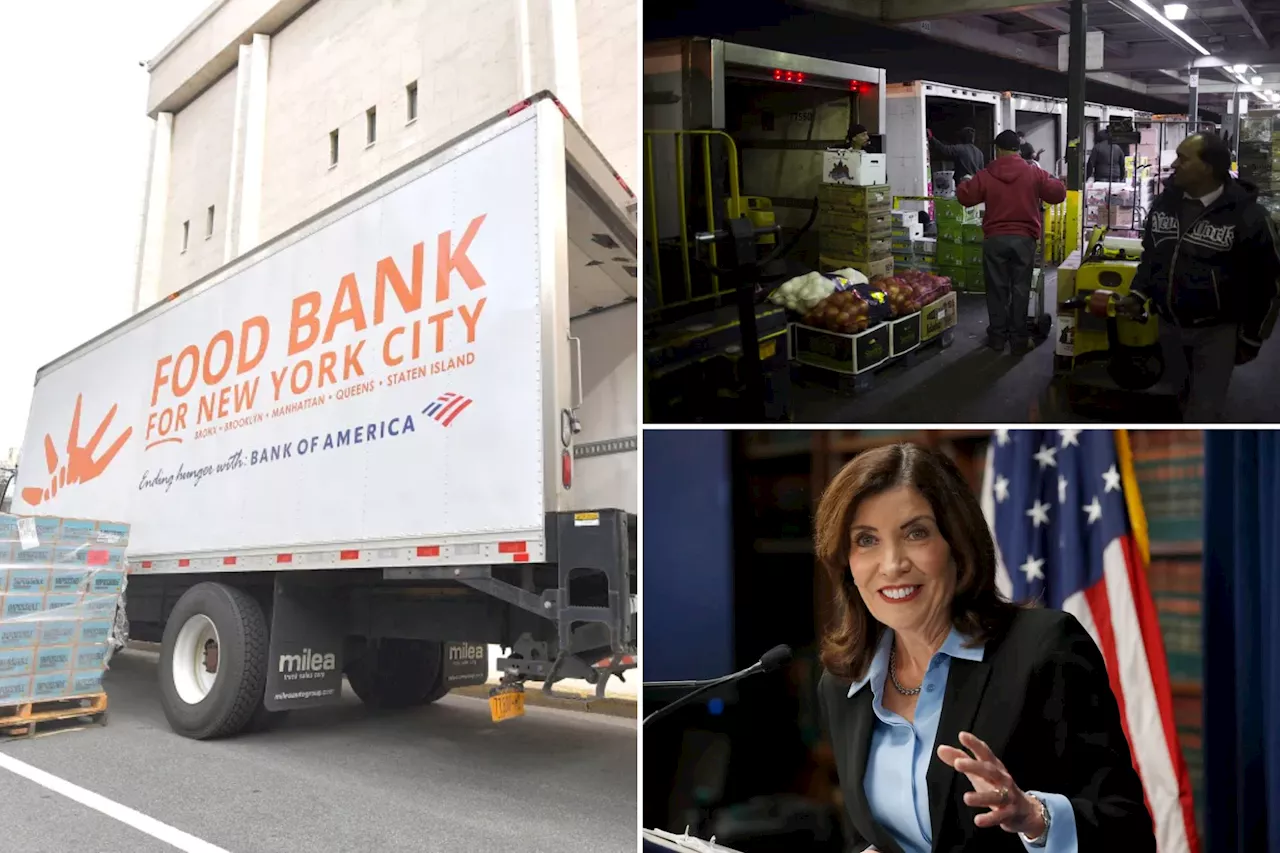The U.S. Food and Drug Administration issued a rule to drastically reduce the amount of nicotine in cigarettes and other combusted tobacco products.
If cigarettes contained very little of the chemical that keeps people smoking, it could help smokers move away from these deadly products.
The FDA rule is just one step toward reduced-nicotine cigarettes and other combusted tobacco products becoming the standard. This process would probably take many years, depending on the priorities of future administrations and whether the tobacco industry challenges the rule in court, as it has the FDA’s rule placing graphic warning labels on their products.
Regular cigarettes generally contain around 16 milligrams of nicotine per gram of tobacco. The FDA is proposing to reduce the amount to 0.7 milligrams in cigarettes and other combusted tobacco products.compared with regular cigarettes in terms of how much they smoke and other factors.
Those reinforcing behaviors kind of cover for the smaller buzz the reduced-nicotine cigarettes offer. Meanwhile, taking in less nicotine starts to chip away at the dependence on the chemical. The research finding that cravings and withdrawal symptoms don’t increase even though the person is smoking less matters to the goal of eventually being able to quit.
United States Latest News, United States Headlines
Similar News:You can also read news stories similar to this one that we have collected from other news sources.
 Wildfires Pose Threat to Food Safety: Smoke, Chemicals, and Heat Contaminate Food SuppliesWildfires, like those ravaging Los Angeles, create a serious risk to food safety. Smoke plumes carrying harmful pollutants can infiltrate food packaging, while heat and firefighting chemicals contaminate food and surfaces.
Wildfires Pose Threat to Food Safety: Smoke, Chemicals, and Heat Contaminate Food SuppliesWildfires, like those ravaging Los Angeles, create a serious risk to food safety. Smoke plumes carrying harmful pollutants can infiltrate food packaging, while heat and firefighting chemicals contaminate food and surfaces.
Read more »
 U.S. Bans Red 3 Dye from Food Supply Over Cancer RiskThe Food and Drug Administration (FDA) has banned the use of Red 3 (erythrosine, FD&C Red No. 3) in food, citing potential cancer risks based on studies conducted on laboratory rats. This ban follows a petition filed by food safety and health advocates and is effective until January 2027 for food manufacturers and January 2028 for drug makers. Despite some legal challenges anticipated, the decision emphasizes the FDA's commitment to public health and minimizing exposure to potentially harmful substances in the food supply.
U.S. Bans Red 3 Dye from Food Supply Over Cancer RiskThe Food and Drug Administration (FDA) has banned the use of Red 3 (erythrosine, FD&C Red No. 3) in food, citing potential cancer risks based on studies conducted on laboratory rats. This ban follows a petition filed by food safety and health advocates and is effective until January 2027 for food manufacturers and January 2028 for drug makers. Despite some legal challenges anticipated, the decision emphasizes the FDA's commitment to public health and minimizing exposure to potentially harmful substances in the food supply.
Read more »
 Nobel and World Food Prize Laureates Issue Urgent Call to Action on Global Food CrisisNobel and World Food Prize laureates issue a stark warning about the impending global food crisis, urging for increased research funding and innovative food distribution strategies to avert a looming humanitarian catastrophe.
Nobel and World Food Prize Laureates Issue Urgent Call to Action on Global Food CrisisNobel and World Food Prize laureates issue a stark warning about the impending global food crisis, urging for increased research funding and innovative food distribution strategies to avert a looming humanitarian catastrophe.
Read more »
 FDA Bans Red 3 Dye From Food and Drug Products After Decades of ConcernsThe FDA has finally banned Red 3 dye from food and drug products, a decision that comes after decades of warnings about its potential health risks. The dye, which was previously banned from cosmetics, has been linked to cancer in animal studies.
FDA Bans Red 3 Dye From Food and Drug Products After Decades of ConcernsThe FDA has finally banned Red 3 dye from food and drug products, a decision that comes after decades of warnings about its potential health risks. The dye, which was previously banned from cosmetics, has been linked to cancer in animal studies.
Read more »
 Shocking Verdict: Food Critic Names the Best (and Worst) Fast Food Chicken TendersA renowned food critic has stirred up controversy with her ranking of the top (and bottom) fast food chicken tenders in the US. From beloved chains to surprising choices, her taste tests have revealed both culinary delights and disastrous disappointments.
Shocking Verdict: Food Critic Names the Best (and Worst) Fast Food Chicken TendersA renowned food critic has stirred up controversy with her ranking of the top (and bottom) fast food chicken tenders in the US. From beloved chains to surprising choices, her taste tests have revealed both culinary delights and disastrous disappointments.
Read more »
 How congestion pricing will severely hurt NYC's food supply chain — from bodegas to food banksThe introduction of congestion pricing would be a blow to restaurateurs and others in the food industry, raising the cost of the goods they purchase and making New York City an even more expensive …
How congestion pricing will severely hurt NYC's food supply chain — from bodegas to food banksThe introduction of congestion pricing would be a blow to restaurateurs and others in the food industry, raising the cost of the goods they purchase and making New York City an even more expensive …
Read more »
